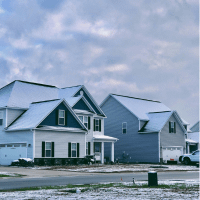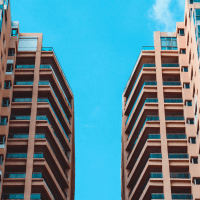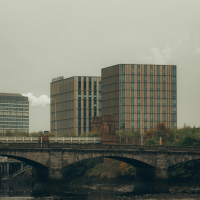Introduction
Home inspections are critical in home-buying, revealing essential information about the property’s condition and potential health hazards. These inspections are typically conducted by a professional inspector who thoroughly examines the property, inside and out. They can uncover structural issues, environmental hazards, and maintenance needs, providing buyers with the knowledge to make informed decisions and plan for future upkeep. Below are key insights from recent research on what home inspections can reveal.
Structural and Maintenance Issues
Home inspections frequently uncover underlying structural problems that can significantly affect a property’s integrity and value. These can range from foundational issues, such as cracks or settling, to problems with the roof, such as leaks or inadequate insulation. Common issues identified during these inspections often pertain to essential components such as flooring, cladding, and ventilation systems. For example, a comprehensive study in New Zealand revealed the prevalence of moisture-related complications within residential properties. This research found that approximately 35% of inspected homes exhibited high timber moisture levels, which can lead to severe deterioration and health hazards. Furthermore, the study indicated that 53% of the homes suffered from inadequate subfloor ventilation, creating an environment conducive to mould growth and further structural issues (Isaacs et al., 2016).
In Brisbane, Australia, pre-purchase inspections have gained significant importance. These inspections have emerged as a crucial resource for prospective homebuyers, providing a detailed assessment of the property’s condition. This knowledge not only assists buyers in making informed decisions regarding their investments but also offers a sense of security about the current state of the house. The insights gained from these evaluations guide buyers in their immediate decision-making process and serve as a valuable reference point for creating effective post-purchase maintenance plans to ensure the home’s longevity (Nakano et al., 2001).
Health Hazards
Inspections play a vital role in identifying significant health hazards that can pose severe risks to public health, including but not limited to lead paint, mould, and pest infestations. These issues are particularly concerning as they can lead to various health complications for residents, especially vulnerable populations such as children and the elderly. By regularly assessing residential properties in high-risk areas, public health authorities have gained invaluable insights that can inform the development of targeted health initiatives and interventions. The data collected from these inspections serves to pinpoint existing health hazards and provide a roadmap for effectively addressing these risks, offering a sense of relief and security to potential homebuyers.
In another example, Maine has implemented a statewide environmental lead inspection program to address lead exposure in homes. This initiative has revealed a concerning prevalence of lead hazards, which persists even among children with lower blood lead levels. The significance of these inspections cannot be overstated; they are essential for identifying and assessing potential sources of lead exposure that could adversely affect children’s health. Cluett et al. (2019) articulated that these inspections are not merely a regulatory exercise; they serve as a proactive measure to protect public health by effectively mitigating the risks associated with lead exposure in residential environments. Through such comprehensive inspection programs, communities can work towards creating safer living conditions and reducing the long-term health impacts associated with lead and other hazardous materials.
Investment and Support Needs
Inspections are vital beyond merely assessing individual properties or compliance with regulations; they can also uncover broader, systemic challenges within housing services. These inspections can highlight the pressing need for enhanced support and investment in these essential services. A study conducted by Murphy in 2019 underscored this point, revealing that many housing services are currently struggling and in urgent need of additional resources and attention. These deficiencies can be systematically identified and subsequently addressed through inspection, ensuring the necessary improvements are made. This recognition of underlying issues highlights the critical importance of inspections in fostering a more robust and responsive housing service framework, ultimately leading to better outcomes for communities reliant on these services.
Conclusion
Home inspections are critical in real estate because they identify immediate issues and hazards that may affect a property’s value and safety. These evaluations provide potential buyers with a comprehensive overview of a home’s condition, revealing problems such as structural defects, plumbing issues, electrical hazards, and other concerns that may not be visible during a casual walkthrough. Recognising these issues early on enables buyers to make informed decisions regarding their investments, negotiate repairs, or reconsider their purchase.
However, beyond merely uncovering existing problems, home inspections highlight the essential requirement for ongoing maintenance and investment in housing infrastructure. A thorough inspection often uncovers urgent repairs and areas that may require regular upkeep, such as the roof, HVAC system, and foundation. This awareness encourages homeowners to adopt a proactive maintenance strategy, addressing minor issues before they escalate into significant, costly repairs.
Furthermore, such an approach contributes to the long-term sustainability of housing stock. When homeowners commit to regular maintenance and prioritize necessary upgrades, they ensure their properties remain safe, functional, and environmentally responsible over time. This practice protects individual buyers from unexpected expenditures and fosters a healthier housing market by maintaining property values and enhancing community aesthetics. Ultimately, a commitment to ongoing maintenance and investment not only safeguards the interests of current homeowners but also supports the overall integrity and safety of residential neighbourhoods, benefiting future occupants.




